Changeover time can be a challenge due to its high impact when it is long or frequent. Therefore, adopting best practices in change management is necessary to improve operations, providing greater flexibility and resulting in better overall performance.
Here, we are going to help you understand some of the most effective strategies, based on best practices recommended worldwide to reduce changeover times. These recommendations are based on best practices in change management, so that every manufacturer, by using and applying them effectively, can streamline operations, improve flexibility, and increase overall performance— all from a perspective of control and reduction of changeover time.
The 7 Steps to Improve Change Over Time by Smed Methodology (Mold Change in a Single Minute)
The improvement of changeover time is typically compared (as an analogy) to tire-changing activities in motorsports, where, in the past, it took more than 25 minutes to complete the task with internal activities and a single executor. Today, a racing pit crew performs the same activities in seconds. This is a clear example of preparation, division of tasks (internal and external), and the use of best practices to accelerate actions and achieve better results.
The most effective and widely recognized methodology for reducing mold change or changeover times is SMED (Single Minute Exchange of Die), which is a part of Lean Manufacturing. SMED focuses on reducing setup time to a single digit, typically from 1 to 9 minutes (below 10 minutes).
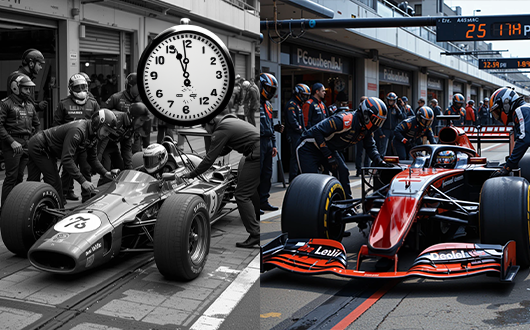
The method is based on moving as many tasks as possible from internal preparation to external configuration, thereby minimizing internal configuration time, either in terms of duration or frequency. This will be drastically reflected in a reduction in the duration of the changes.
The process divides exchange operations into internal and external configuration tasks as follows:
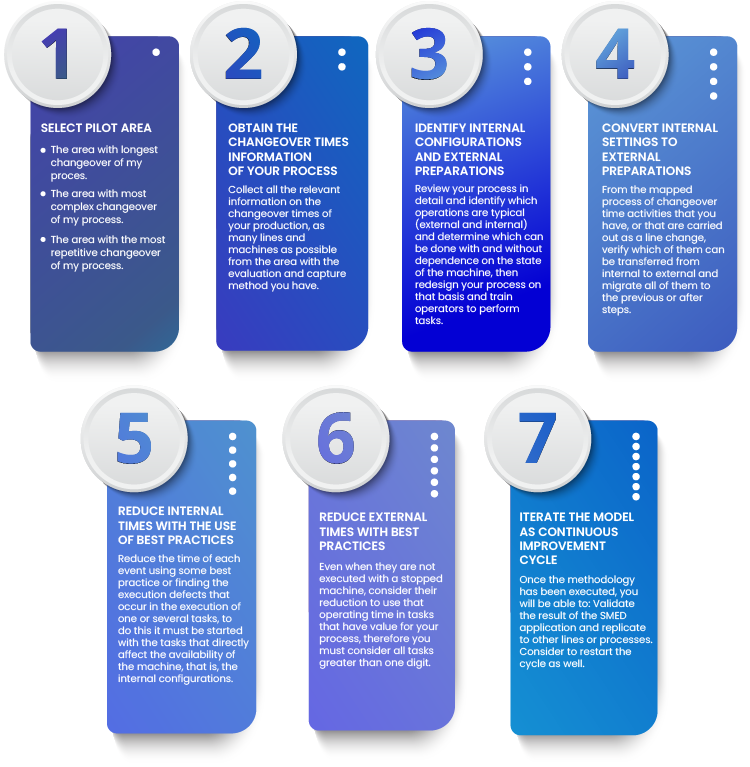
Process Improvement
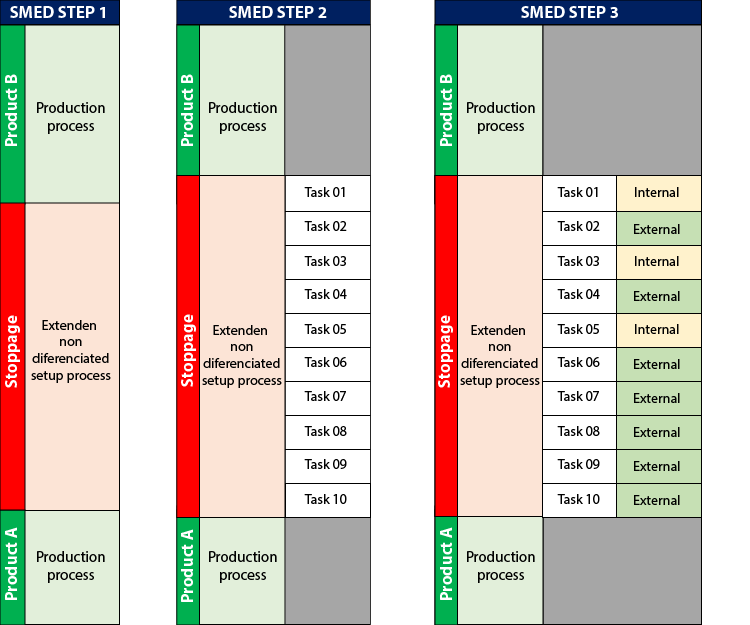
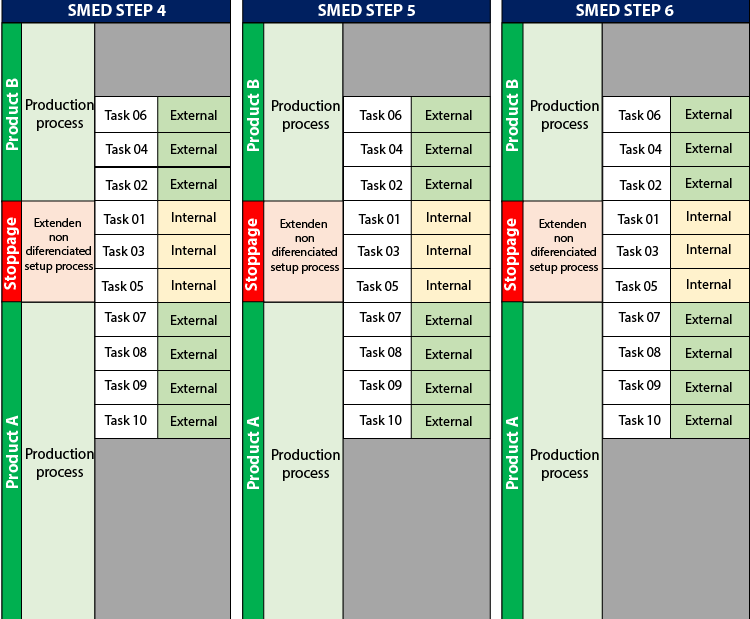
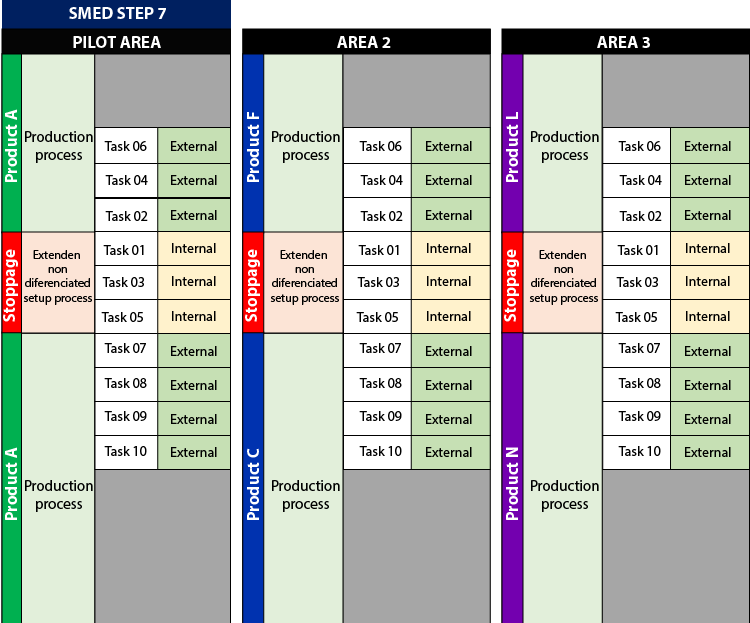
10 Best Practices to Control or Reduce Your Changeover Time
1. Implement Real-Time Monitoring Technology
An effective way to reduce changeover times starts with timely detection and evaluation. Real-time monitoring and the acceleration of data collection are essential. Having the information is as important as the speed at which it is obtained and the accuracy it maintains.
Best Practice Tip : This can be done more quickly by obtaining data in real time using advanced technologies such as IIoT and machine connectivity. By applying signals, data collection, and sensors to monitor and analyze information from the production floor, it becomes possible to predict potential failures before they occur.
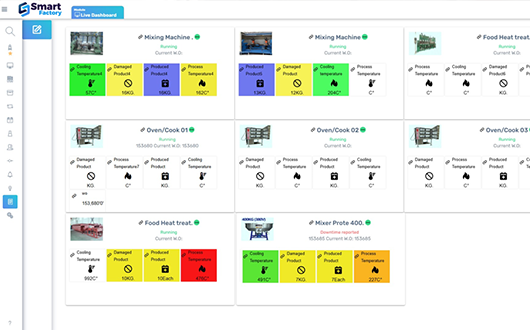
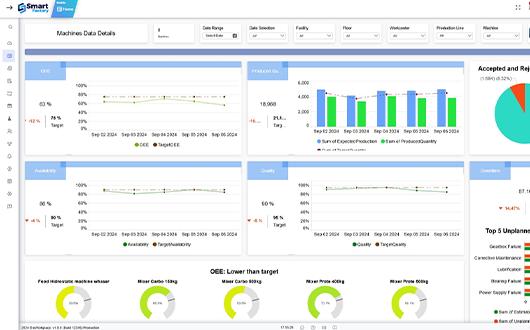
2. Predictive Analytics Dashboards
Using information boards that visualize information is a very beneficial method of analyzing the data obtained.
Best Practice Tip : Generate a dashboard that can provide you a predictive analysis (achieved through algorithms that process this data), which will help you not only understand your current or past moment, but can also give you the advantage of anticipating possible failures or bottlenecks, allowing for a better, informed decision to reduce unplanned stops and to optimize changeover times.
3. Standardize Work Procedures
Defining, maintaining and applying standardized procedures for executing changes is a crucial turning point, generating not only consistency and efficiency, but also providing security and coherence to your process.
Best Practices Tip: Create easy-to-understand standard operating procedures (e-SOPs) that maintain the necessary execution detail for each type of change. Include as many of the following conditions as possible:
- Updated versions available at all times
- Graphic information or information supported by images or video
- Define clear, step-by-step instructions
- Always consider troubleshooting
- Maintain checklists and timing guidelines
- Use response-based addressing and electronic systems (electronic SOPs)
- Review and update these procedures on an ongoing basis to reflect any improvements
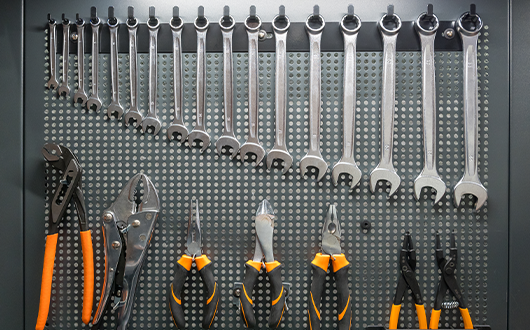
4. Organize and Standardize Tools and Materials
Not surprisingly, one of the key factors in reducing changeover time is ensuring that all necessary tools and materials are easily available and accessible. If tools, molds, and parts are disorganized or scattered throughout the facility, line, or work area, you or your team can lose valuable time (ranging from a couple of minutes to hours) during the changeover process.
Best Practice Tip: Use smart identification and storage techniques, such as fail-safe shadow boards (Pokayoke Shadow stands), tool racks, and shared or exclusive materials organization systems, to ensure that both tools and components are in the right place and can be easily accessible.
5. Use Quick Change Equipment
While the investment in equipment designed for rapid changeovers can be high, manufacturers may present options that, when analyzed, can offer administrative advantages that significantly reduce setup times. Machinery and equipment that support quick-change tooling typically feature automatic adjustments and easy-to-use interfaces, which speed up changeover execution and minimize time spent on line changes.
Best Practice Tip: Consider investing in modular equipment or machines that support quick tool or component change systems.
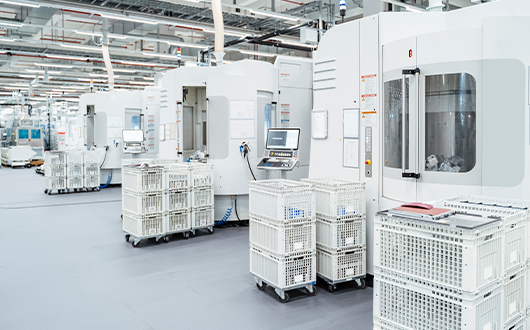
Believe it or not, the vast majority of manufacturers have an option for this. For correct decision-making, assess the cost-benefit of the acquisition. While the initial investment may seem higher if you only focus on the capital outflow, the long-term savings in reduced changeover times can make it a valuable investment.
6. Perform Time of Change Audits
Routinely and frequently conduct audits focused on identifying areas for improvement in changeover time. These audits should be multidisciplinary to provide multifunctional perspectives, allowing you to track and measure each step of the change process. This will help identify bottlenecks and inefficiencies that need to be addressed.
Best Practices Tip:
- Conduct Gemba walkthroughs on the production floor where you and your team identify possible steps that are not necessary or have no apparent value that may have areas for improvement.
- Use data analysis tools such as dashboards and information boards that show information visually to track and analyze times of change. Try to ensure that these dashboards offer at least identification of trends, patterns and recurring problems.

7. Involve Employees in Continuous Improvement
The participation of the execution/ production team can be as or more valuable than an observer or auditor, so consider this as a valuable resource to find ways to reduce change time. Remember that when you foster a culture of continuous improvement where you encourage operators to contribute ideas, give suggestions or define processes, you are not only getting confirmation of your processes, you are leveraging their knowledge of machines and processes to help you redefine operations and even generate new practices that help reduce changeover times.
Best Practices Tip: Hold periodic meetings to discuss challenges and solutions for change, keep in mind that there is no perfect process, but there is a process that can be improved, maintain a feedback loop between operators, supervisors and maintenance personnel in these sessions.
8. Implement Preventive Maintenance
Any unexpected equipment breakdown, no matter how small, can drastically lengthen changeover time. Remember, the best maintenance is that which doesn’t need to be carried out. Rely on training operators so they can support not only maintenance work but also consistently monitor the values, levels, and conditions that trigger a maintenance request.
Best Practices Tip: Develop a participatory maintenance plan where the maintenance calendar is functional and focused on avoiding breakdowns during critical changeover periods. It is recommended that it include:
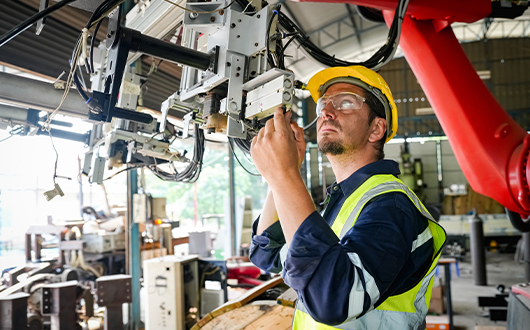
1. Maintenance actions for the first and second part
2. Regular inspections
3. lubrication and replacement of priority parts
4. Calendar based on function or usage time
5. Continuous learning and by supplier recommendation

9. Optimize Production Scheduling and Planning
One way to maintain a lower frequency of changes and organize your production to minimize line modifications in a single shift is by using an intelligent scheduling system. This system should consider setup time and change matrices, which are functionalities that help find the best production scenario by minimizing the number of changes required. This approach makes your execution process more efficient and reduces downtime associated with frequent changeovers.
Best Practices Tip: Use advanced production planning software (APS) that allows you to optimize schedules and minimize the need
for frequent changes between production orders while meeting your goals and delivery plans. This system is typically based on grouping logic and programming algorithms that aim to group similar products in the production schedule (also known as “grouping of product families or by evaluable attributes”). It manages these groups through calculations to define the best production route, maximizing the minimization of the frequency and complexity of line changes.
10. Train and Train Employees
Operators trained in the execution of changes can be key to reducing changeover time. Consider that changeover tasks do not lose importance by not being productive, since the proper functioning of your productive machinery depends on them and their effectiveness.
Best Practices Tip:
- Use or apply accelerated learning methods such as e-learning systems.
- Train operators to operate multiple machines and prevent delays caused by staff shortages.
- Have personnel with cross-skills (cross-training of employees on multiple machines or processes) which will ensure greater flexibility of personnel for possible interventions or needs.
As a final recommendation:
- Track the progress of your changeover time reduction initiatives, understanding your problems is just as important as recognizing your progress.
- Recognizing small achievements motivates the team and reinforces the importance of efficiency in line changes.
- Set measurable, aggressive but realistic goals to reduce change time and track performance against your benchmark.
- Celebrate the results achieved, whether it be reducing changeover time by a certain percentage or completing a particularly challenging change efficiently.
- Spread and share the achievements of you and your team, every practice can be a trigger for a next step, every step counts when it goes in the right direction.
In a Concise Way
Starting from the premise that every company operates in a competitive and fast-paced manufacturing environment, we understand that the ability to quickly adapt to changing demands is essential and unequivocally mandatory. Therefore, streamlining your change processes is a task that must be addressed not only due to its adverse effects but also for the advantages it offers. By controlling and reducing changeover times, you will not only improve operational efficiency, but also respond more quickly, effectively, and flexibly to customer needs and demands, ultimately generating greater long-term profitability.
As explained in this blog, by implementing an improvement methodology (such as the SMED methodology) and applying best practices (like standardizing procedures, continuous training, organizing tools with fail-safe methods, using programming software, and involving the team in the process), a company can achieve continuous improvement. This will significantly reduce changeover times and enhance manufacturing performance.
Ready to Reduce Your Changeover Times and Optimize Your Production?
Smart Factory gives you the tools to manage, optimize and reduce line change times efficiently. Take advantage of advanced technology to transform your operations.



